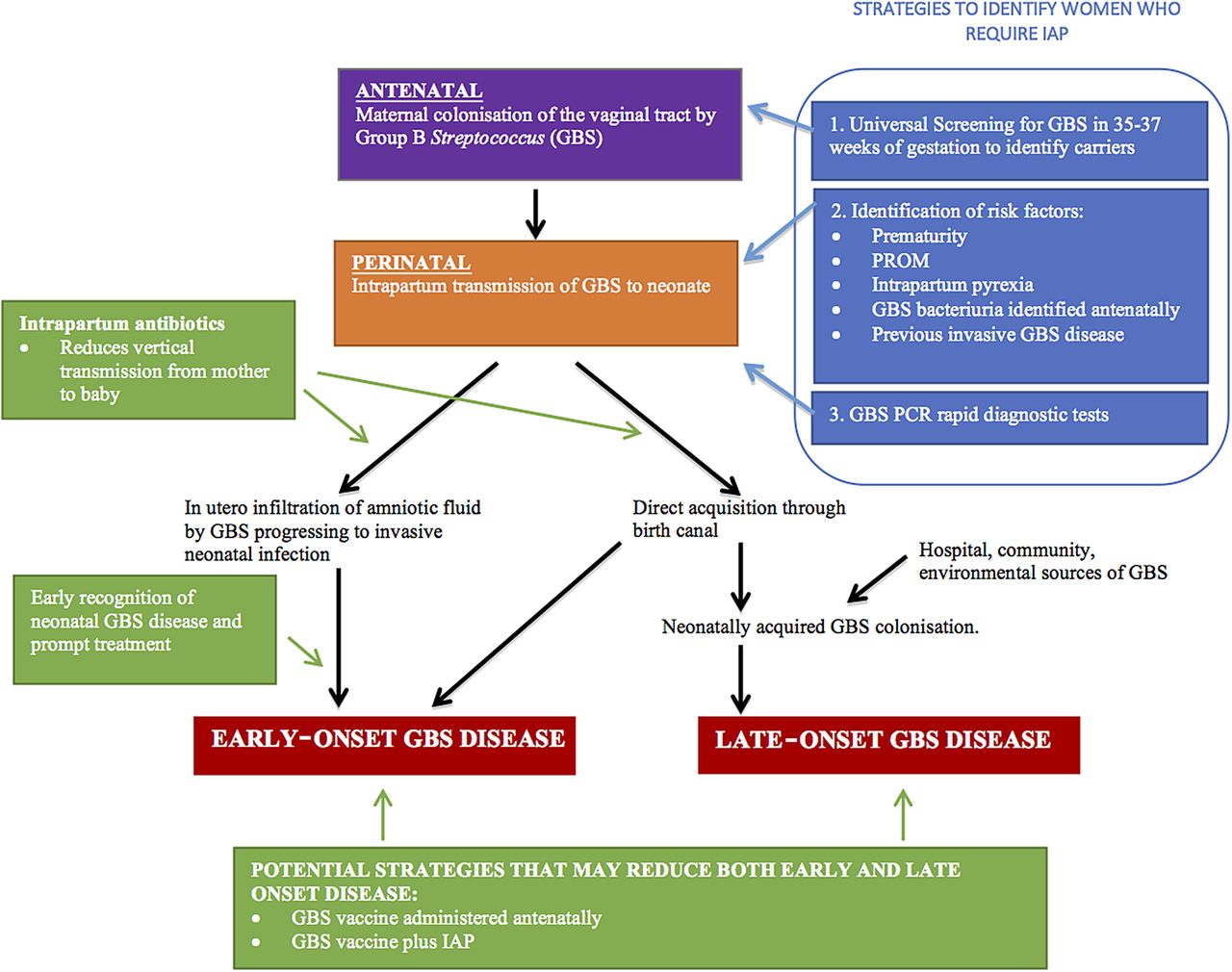Group B Streptococcus, commonly referred to as GBS, is a type of bacteria that can cause infections in humans. While it often resides harmlessly in the body, under certain conditions, it can lead to serious health complications. Understanding the causes, symptoms, diagnosis, and care for Group B Strep infection is crucial for preventing its spread and managing its effects. This article provides an in-depth exploration of this condition to help individuals stay informed and take appropriate action.

What Is Group B Strep?
Group B Streptococcus is a type of bacteria that naturally exists in the human body. It is commonly found in the gastrointestinal tract and, in some cases, the genital tract. For most people, the presence of this bacterium does not cause any issues. However, when it enters areas of the body where it should not be, or when the immune system is weakened, it can lead to infections.
This bacterium is particularly concerning during pregnancy, as it can be transmitted to newborns during childbirth. Such infections in infants are known as early-onset or late-onset Group B Strep infections, depending on when they occur after birth.
Causes of Group B Strep Infection
The primary cause of Group B Strep infection is the overgrowth or transmission of the bacteria from one part of the body to another. Below are some common factors that contribute to the development of this condition:
1. Presence of Bacteria in the Body
- Many adults carry Group B Strep bacteria in their bodies without experiencing any symptoms. These individuals are referred to as carriers.
- In carriers, the bacteria typically reside in the intestines or rectum and may occasionally spread to the urinary tract or genital area.
2. Weakened Immune System
- A compromised immune system increases the risk of infection. Conditions such as diabetes, HIV, or cancer can make it harder for the body to fight off bacteria.
- Pregnant women are also at higher risk due to changes in their immune systems during pregnancy.
3. Transmission During Childbirth
- If a pregnant woman carries the bacteria in her genital tract, there is a possibility of transmitting it to her baby during delivery.
- Newborns who contract the bacteria may develop severe infections shortly after birth.
4. Medical Procedures
- Certain medical procedures, such as surgeries or the insertion of catheters, can introduce the bacteria into sterile parts of the body, leading to infection.
Symptoms of Group B Strep Infection
The symptoms of Group B Strep infection vary depending on the affected individual and the location of the infection. Here are some common signs to watch for:
1. In Newborns
- Fever or unusually low body temperature
- Poor feeding or difficulty latching during breastfeeding
- Irritability or lethargy
- Rapid breathing or grunting sounds while breathing
- Bluish tint to the skin due to lack of oxygen
2. In Adults
- Fever and chills
- Pain or discomfort in the abdomen
- Burning sensation during urination (if the urinary tract is infected)
- Swelling, redness, or pain around a wound (if the bacteria enter through a break in the skin)
3. In Pregnant Women
- Urinary tract infections
- Premature rupture of membranes (water breaking too early)
- Infections of the amniotic fluid or uterus
Diagnosis of Group B Strep Infection
Diagnosing Group B Strep infection involves a combination of clinical evaluation and laboratory tests. Early detection is critical to prevent complications, especially in newborns and pregnant women.
1. Screening During Pregnancy
- Pregnant women are typically screened for the presence of Group B Strep between 35 and 37 weeks of gestation.
- A swab is taken from the vagina and rectum and sent to a laboratory for analysis.
- If the test results are positive, preventive measures can be taken to reduce the risk of transmission to the baby.
2. Laboratory Tests
- Blood tests may be conducted to check for signs of infection in the bloodstream.
- Urine samples can be analyzed to detect the presence of the bacteria in the urinary tract.
- In cases of suspected infection in newborns, a sample of cerebrospinal fluid may be collected to rule out meningitis.
3. Imaging Studies
- In severe cases, imaging techniques such as X-rays or ultrasounds may be used to assess the extent of the infection, particularly if it affects the lungs or other organs.
Treatment and Care for Group B Strep Infection
Once diagnosed, treatment for Group B Strep infection focuses on eliminating the bacteria and managing symptoms. The approach varies depending on the patient’s age, overall health, and the severity of the infection.
1. Antibiotics
- Antibiotics are the primary treatment for Group B Strep infections. Penicillin is commonly prescribed, but alternative medications may be used for individuals with allergies.
- In pregnant women who test positive for the bacteria, intravenous antibiotics are administered during labor to reduce the risk of transmission to the baby.
2. Supportive Care for Newborns
- Newborns with severe infections may require hospitalization in a neonatal intensive care unit.
- Oxygen therapy or mechanical ventilation may be necessary if the infection affects the lungs.
- Intravenous fluids and nutrition support are provided to ensure proper hydration and nourishment.
3. Monitoring and Follow-Up
- Patients undergoing treatment are closely monitored to ensure the infection responds to antibiotics.
- Follow-up appointments and additional tests may be required to confirm that the bacteria have been fully eradicated.
4. Preventive Measures
- Pregnant women who test positive for the bacteria are advised to inform their healthcare providers so that preventive steps can be taken during delivery.
- Maintaining good hygiene practices, such as regular handwashing, can help reduce the risk of spreading the bacteria.
- Individuals with chronic health conditions should work closely with their doctors to manage their overall health and minimize infection risks.
Complications Associated with Group B Strep Infection
If left untreated, Group B Strep infection can lead to serious complications. Some potential outcomes include:
- Sepsis, a life-threatening condition caused by the body’s extreme response to infection
- Pneumonia, particularly in newborns
- Meningitis, which can result in brain damage or hearing loss
- Preterm birth or stillbirth in pregnant women
Living with Group B Strep
For individuals who carry Group B Strep bacteria without symptoms, living with the condition generally does not require special measures. However, awareness and proactive healthcare are essential, especially for pregnant women and those with weakened immune systems.
- Regular check-ups with healthcare providers can help monitor the presence of the bacteria and address any concerns promptly.
- Educating family members about the risks and prevention strategies can contribute to a safer environment.
- Staying informed about advancements in treatment and care ensures access to the best available options.





